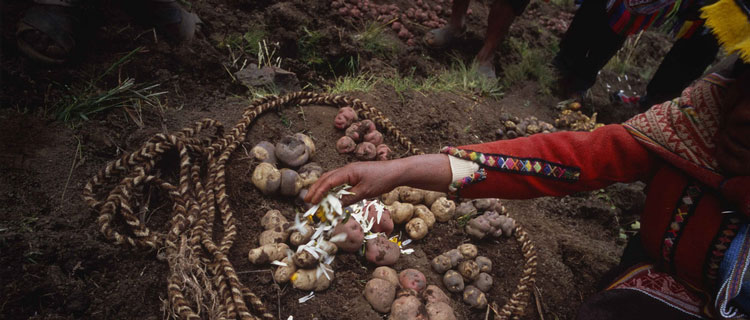
Conservation
Go beyond conventional knowledge
Why local, traditional and indigenous knowledge is crucial for biodiversity conservation
- There are clear benefits of incorporating local and traditional knowledge together with scientific knowledge in decision-making
- Study outlines a process that can enable policy-makers to draw on existing knowledge to better conserve biodiversity whilst improving human well-being
- One proposal is to use Delphi method, a formal consensus decision-making tool, to bring together the knowledge and visions of multiple stakeholders
The good news is that the importance of local, traditional and indigenous knowledge in decision-making processes on biodiversity and natural resources management is gaining momentum among the science-to-practice community.
The bad news is that national and international assessments are turning a blind eye to it. For example the Millennium Ecosystem Assessment (MEA), the Intergovernmental Panel on Climate Change (IPCC) and The Economics of Ecosystems and Biodiversity (TEEB) all focus almost exclusively on conventional scientific knowledge.
The solution could be the Intergovernmental Platform on Biodiversity and Ecosystem Services (IPBES), an international forum determined to do better than its predecessors on incorporating different types of knowledge.
"We see clear benefits of incorporating local and traditional knowledge together with conventional scientific knowledge in decision-making processes, but in order to do so successfully we need to establish clear processes of how to include such knowledge," says centre researcher Maria Tengö.
Three steps
In a paper recently published in Fauna & Flora International, centre phd-student Jamila Haider, together with colleagues, do precisely this and outline a set of processes that will be necessary in recognizing and integrating knowledge from conventional science and local and traditional knowledge systems.
The authors suggest that there are at least three parts to consider:
The first part is the fundamental step of simply recognizing that there are different types of knowledge and that the different types are associated with different needs for different groups.
The second is about collating and validating information from different knowledge systems, local and traditional as well as scientific.
This is incredibly challenging step, says Haider.
"A lot of tacit knowledge, the knowledge embedded in folk tales, songs and local recipes, is often not recognized as 'useful' in achieving a specific aim. A grandmother in the Pamir Mountains for example, sows six different grains in one field in order to make a soup, called osh, without maybe being aware of the ecosystem services that action provides. It is a practice that has co-evolved with the landscape over time. The challenge is to link and validate this with conventional scientific knowledge, and have all stakeholders agree on what knowledge is useful for a given aim," Haider explains.
The third step is to make sure the information that is used from different sources is put together in a transparent way. The authors propose to use Delphi method, a formal consensus decision-making tool, to bring together the knowledge and visions of multiple stakeholders. This technique could enable local knowledge to be included for the first time in an international assessment, however also hosts its own challenges, mainly inclusivity of more marginalised holders of knowledge.
"It is important that the integration of different knowledge is taken seriously. The process that we outline in the paper can be useful in enabling policy-makers to draw on existing knowledge to better meet the challenge of conserving biodiversity and ecosystem services whilst improving human health and well-being," says Haider.
CITATION
William J. Sutherland, Toby A. Gardner, L. Jamila Haider, and Lynn V. Dicks (2014). How can local and traditional knowledge be effectively incorporated into international assessments? Oryx 48:1 doi:10.1017/S0030605313001543






